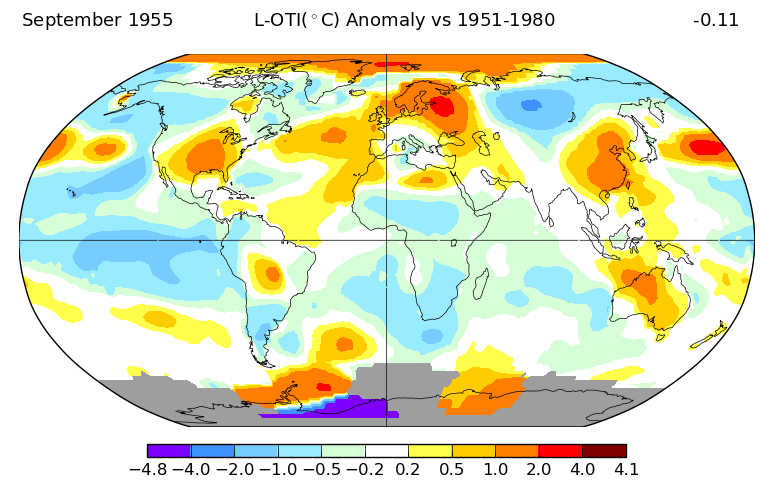A: Making a seasonal forecast is a much different process than constructing the typical short/medium range forecasts you see us present on TV or that you can get on the StormTracker 21 app. In those daily forecasts, forecasters rely on a mix of computer modeling, social science and experience/intuition. Seasonal forecasts use some of that same stuff but what is most useful are what we call “analogs”. We look at data from the past to try and flesh out what may happen in the future. We look for years in the past in which there were similar atmospheric and oceanic conditions as this year.
Examples: This year will feature a La Nina in the Pacific Ocean. So we start by looking at past Fall/Winter seasons that had a La Nina. There’s cool water off the west coast of North America this Fall. Let’s find years that had a La Nina AND the cool water off the coast. And we keep going from there. Once we have a set of analog years we can form a composite picture of the weather that occurred those winters. That makes for a good starting point.
Then we can see what the long, LONG-range models are showing and if they jive with the analogs. Maybe they do, maybe they don’t. This is where experience, extensive research and old-fashioned intuition come in.
Q: Eric good grief. You guys can’t even get tomorrow’s forecast right. How are we supposed to trust a forecast for the whole Winter?
A: Who let Comments Section Guy in here. Anyway, any experienced TV meteorologist has no feelings left to hurt so it’s all good. But, to quote President Biden, “Here’s the deal folks”. I can’t speak for every weather forecast that’s out there for you to consume, but our forecasts are quite accurate. Perfect? No way. They never will be! Sometimes we even have a high-stakes bust. It’s just a fact of life in this business.
But I do keep track of these things and the high temperature forecast you see me give on TV every night is:
For the following day: Right within 3 degrees 90% of the time
For 7 days from now: Right within 3 degrees 40% of the time (within 5 degrees: 57%)
The skill level of seasonal forecasts varies from year to year as some are harder than others. But there IS skill. It’s not throwing darts, it’s not flipping a coin. In fact, millions and millions of dollars is at stake when meteorologists at energy companies make a seasonal outlook. You better believe they are putting a lot of blood, sweat and tears into those outlooks.








